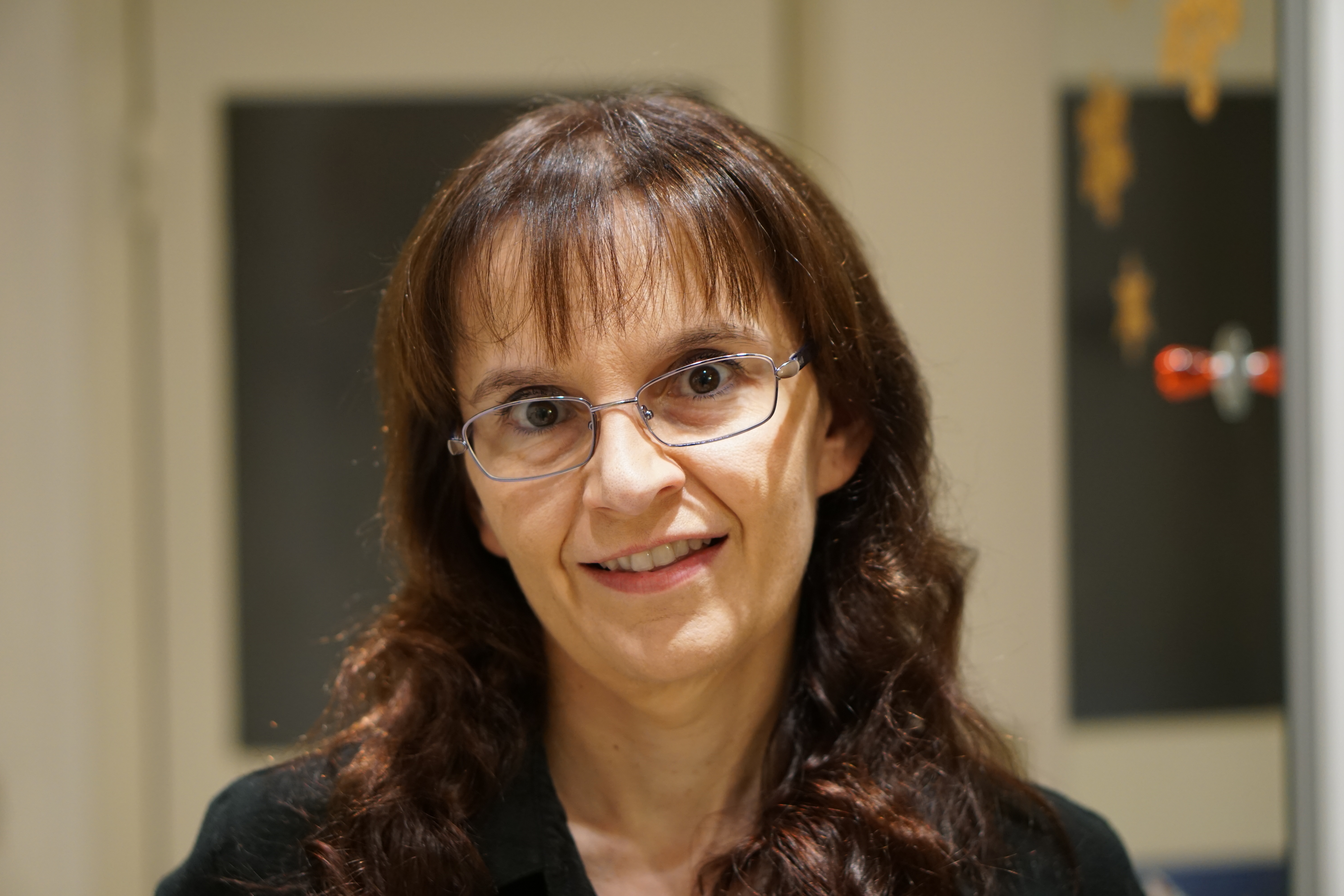
Barbara Caccianiga is a senior researcher at INFN (Istituto Nazionale di Fisica Nucleare) in Milano.
Her scientific activity has developed in the frame of two apparently distinct, but instead intimately connected fields: particle physics and astrophysics.
She started out her career in the 90’s, working at Fermilab on a fixed target accelerator experiment (E687) devoted to study heavy quarks, in particular, charm.
After her PhD, she joined the Borexino experiment moving her interest towards the study of neutrinos and solar physics. This experiment is a typical example of constructive collaboration between astrophysics and particle physics: in fact, it studies an astrophysical object (the Sun) by means of particles (neutrinos) and, at the same time, studies neutrinos by means of the Sun. She spent over 20 years working on Borexino following the experiment in all its phases: design, construction, data-taking, analysis and decomissioning (which is occurring right now, in Fall 2021).
Meanwhile, between 2011 and 2015, she also took part to another astroparticle experiment, Auger, which aims at studying the cosmos by means of ultra high energy cosmic rays.
Currently, she is involved in the LSPE experiment, which is designed to study the universe by means of yet another messanger: the Cosmic Microwave Background (CMB) radiation. She is in particular involved in STRIP, which will perform a large scale study of the microwave sky at 43 and 90 GHz and will take data from the Teide observatory, in Tenerife.
At the same time, she is also part of JUNO, an experiment under construction in China mainly focused on neutrino oscillations to determine the neutrino mass hierarchy. This experiment will also be exploited to study solar neutrinos, with much higher statistics with respect to Borexino.